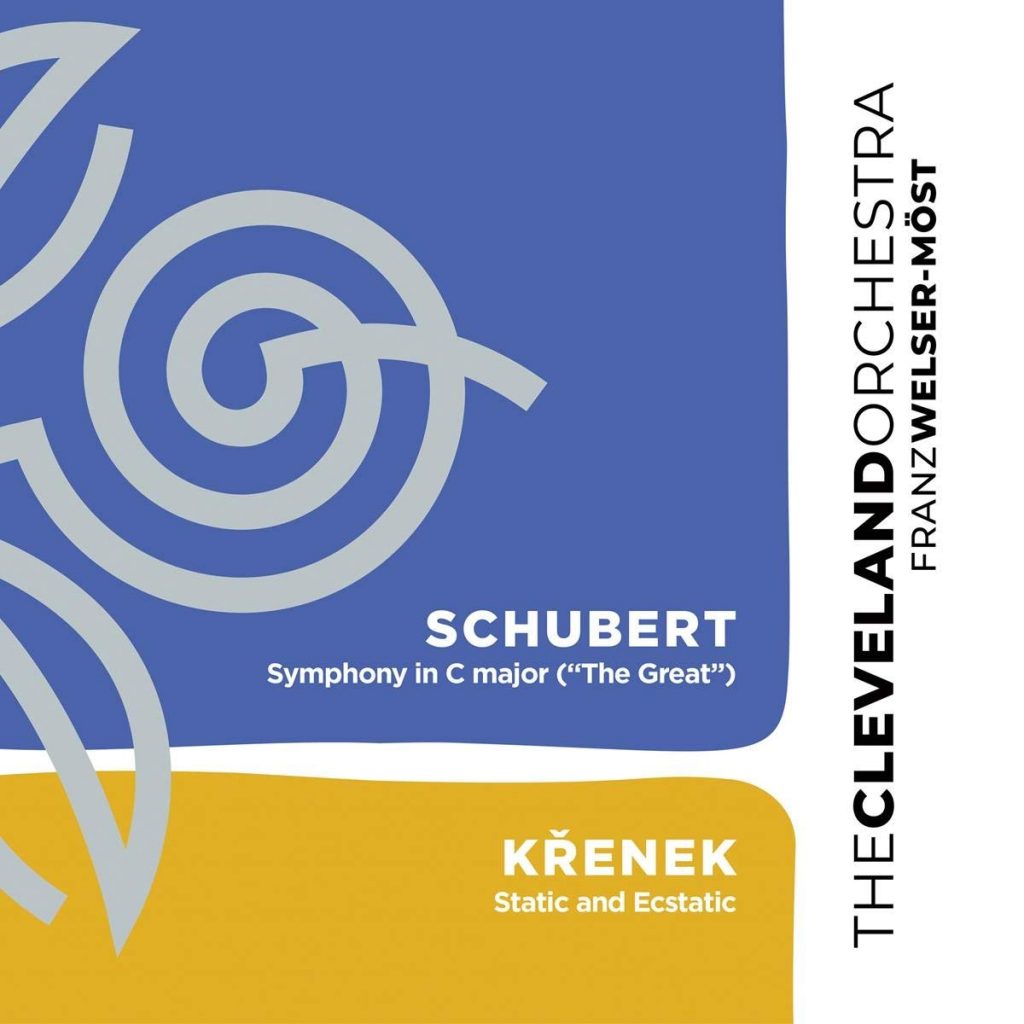by Jarrett Hoffman

Let’s start with The Cleveland Orchestra, which shines in every section and in every facet of playing. Two big takeaways are the coloristic flexibility of these musicians, and their heightened awareness of their own changing roles: flashing from one mood to another at a moment’s notice, and shifting between foreground and background like chameleons. They phrase with both patience and commitment — for example, pacing out crescendos more patiently and more dramatically than you expect, and weighing those climaxes expertly against those still to come.
The Schubert demands that. In four movements, it’s about an hour long, and was not performed in public until more than ten years after the composer’s death, in part because of its length. It’s beautiful and melodious throughout, but even in the hands of an orchestra that never plays a dull note, gesture, or phrase, some repetitive sections can test your endurance as a listener.
Stick with it, though, and often Schubert rewards you. In particular the second movement opens a couple of magical and surprising compositional doors, where high craft gives way to truly high artistry. And of course, it’s worth waiting for the dazzling conclusion to the first movement, and even more so the last, with its extraordinary energy and technical athleticism.
From that, we move to a thin high note in the violin and staccato stabs on the piano — “culture shock” as the richly expressive and unsettling music of Křenek begins to unfold. With intense contrasts of dynamics, articulation, and tone, The Cleveland Orchestra ushers you into this entirely different world whether you’re ready or not.
Aside from the language, another important contrast is the structure. Static and Ecstatic is laid out over ten movements, including some serial music. Most of them last between one and two minutes, and the longest goes for three, taking you on an entirely different type of musical tour.
The ten-part structure ends up being a bit overly ambitious, as a few movements rehash expressions and gestures in a way that doesn’t add so much. (With such short forms, one feels less forgiving for any single minute of less compelling material.) But be sure to take in the powerful atmosphere Křenek and this orchestra conjure in the first three movements, as well as the seventh, with its clever switching of roles across the ensemble, and the tenth, with its long and captivating crescendo — and the soft, distant, ominous snare roll with which that movement begins.
Survey your purchasing and streaming options here.
Published on ClevelandClassical.com November 4, 2020.
Click here for a printable copy of this article


